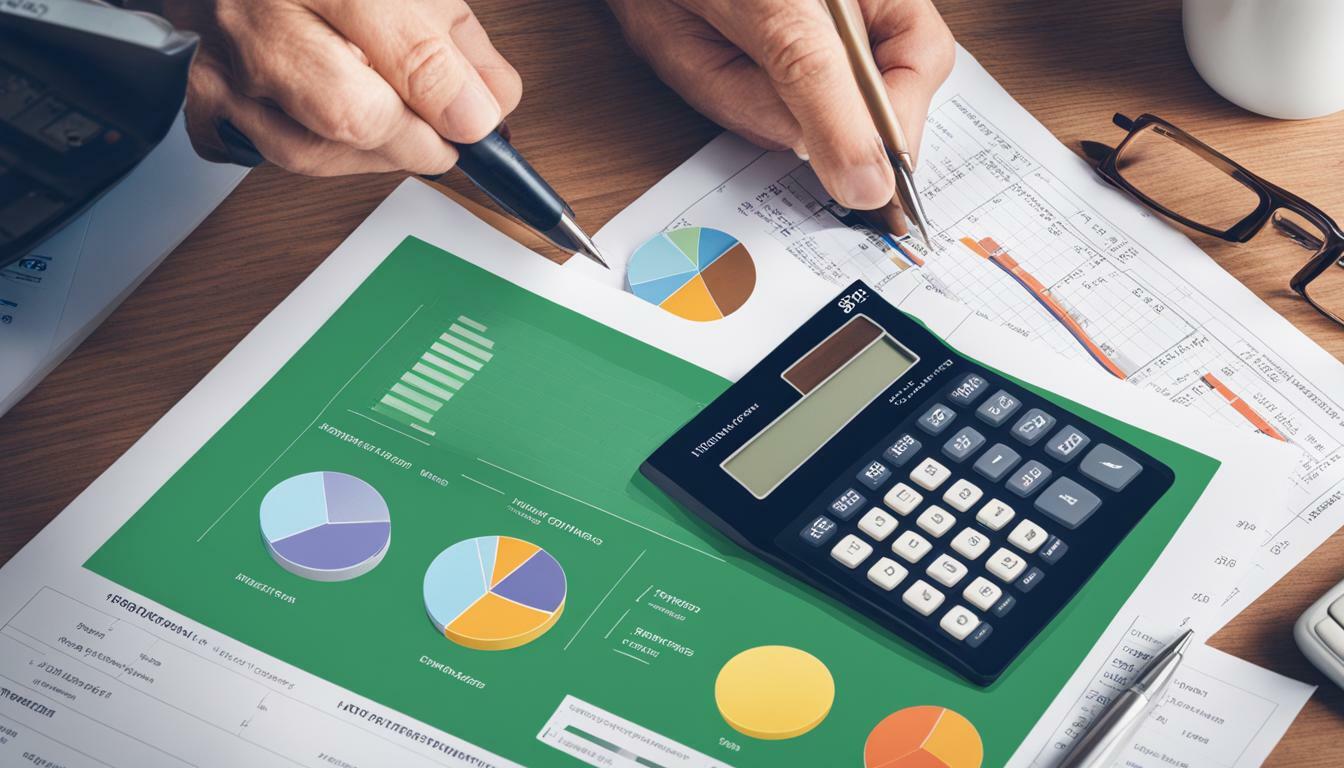Accounts receivable is a part of accrual accounting. It lets you give your customers credit and helps you track your income as it comes in.
It is the amount of money that is owed by the customer in the purchase of goods or services. The general ledger of your business will always show an accounts receivable balance if you sell goods on credit to your customer.
Starting from when the credit is applied to when it will be paid, business owners must properly manage their accounts receivable. Your accounts receivable turnover ratio can offer some insight if you’re worried about how quickly your customers are paying.
You might not be familiar with accounts receivable if you’re a new business owner or if you recently changed from cash to accrual accounting.
However, since they are already included in your total revenue, the eventual collection of any receivables balances has no impact on your retained earnings.
It is classified as a continuous account that is unaffected by closing entries.
We’ll explain how to start an accounts receivable business and the difference between account receivables and account payables.
What Distinguishes Accounts Receivables From Accounts Payables?
Accounts Receivable refer to the money that is owed to your business for providing goods and services. It is included as an asset on your balance sheet.
Account payable is the money you owe suppliers for delivering goods and services to your business. This is included as a liability on your balance sheet because it represents money that you are owing the supplier.
How To Start An Accounts Receivable Business
The following lists below are the various ways to get started with account receivables.
Get Payment Terms In Writing
This is a basic billing point and it is necessary for effective accounts receivable management. Some businesses send emails due to payment terms.
You can create a system where payments always arrive on time by clearly outlining the terms of payment and keeping your customer’s response.
Your accounts receivable manager is no longer tracking late payers and spending all day on phone. Instead, they can focus on reaching out to the best customers and keeping the books in order.
Use Software To Manage Account Receivables
There is various software for managing account receivables, free and paid options.
Every business owner may discover the software that fits their size and budget.
You can reduce missed payments by using software that keeps track of all the money you are owed.
Accounts receivable software may generate letters, provide frequent reporting that gives you an insight into your business and maintain all customers’ payment contact information in one place.
Several choices combine with accounting software, allowing you to record payments more quickly and with few mistakes.
Be Prompt In Contacting Customers
You should inform customers easily when their payment is coming due instead of tracking them when they’re late.
They can be reached monthly, quarterly, or semi-annually, based on your schedule and payment terms. By doing this, no one will give any unnecessary excuse for missing a payment and having the feeling of being chased.
Also, your business can build a solid connection with customers. You are probably passing organisation announcements offering up appreciation, or inviting feedback on each billing reminder.
You’re informing customers politely about payment rather than attempting to put such encounters into stressful conversations about payment.
Employ Someone In Charge Of Accounts Receivable Management
You cannot monitor everything on your own often. Things worsen when payments get late or turn out bad. Every other suggestion on this list will be easier if accounts receivable are kept operating smoothly.
You need someone who can handle the phone, understands accounting, and is familiar with banking processes. Accounts receivable does more than just keep track of things; it also makes clumsy phone calls.
When you’re trying to collect money from customers who are having trouble paying, this person serves as the face of your business. They must be approachable, simple, and dependable.
Reduce Payment Times
Generally, getting paid is the main priority of any accounts receivable system. After you’ve got things under control, focus on reducing the time it takes to get paid.
Money obtained today is worth more than money received tomorrow, which is a commonly acknowledged truth.
You can shorten those payment timeframes with reports and planning, giving you more time and more money to accomplish.
Other Topics on Receivables Management
- How Much Does An Accounts Receivable Manager Make
- How to Efficiently Manage Your Business Accounts Receivables
- Role of Artificial Intelligence in Receivables Management
- How Blockchain Technology is Transforming Receivables Management
- Future of Receivables Management
- Protecting Your Business Against Receivables Fraud
- How to Handle Delinquent Accounts: A Legal Perspective
- Legal Aspects of Managing Receivables
- Technological Tools for Streamlining Receivables Management
- The Role of Receivables Management in Cash Flow
- 10 Best Practices for Effective Receivables Management
- How to Calculate and Analyze Accounts Receivable Aging
- Strategies for Improving Accounts Receivable Turnover
- Understanding Accounts Receivable: A Beginner’s Guide
- Effective Strategies for Receivables Collection
- An Introduction to Receivables Financing
- Accounting for Receivables: A Comprehensive Guide
- The Comprehensive Guide to Managing Receivables in Business
- 5 Best Free Accounts Receivable Software for Small Business
- 10 Best Accounts Receivable Management Software for Small Business
- How to Collect Receivables Faster in 2023
- How To Manage Accounts Receivable In QuickBooks
- 5 Tips for Small Business Accounts Receivable Management
- Cost Associated With Receivables Management
Conclusion
The accounting cycle actively involves accounts receivable. Since they are regarded as revenue, the amount of your accounts receivable has a direct impact on your net income.
Having a good plan is the best strategy to stay in the lead. Accounts receivable management is your plan for being paid, even if the world seems to be working against you.





